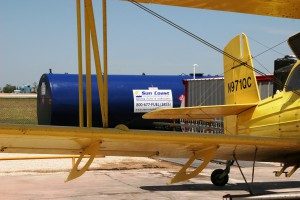 Avgas Supplier
Avgas Supplier
AVIATION GASOLINE DELIVERY NEAR YOU

We are pleased to offer a comprehensive Avgas Fuel Delivery service tailored to meet the exacting demands of aviation enthusiasts and professionals alike. Our team is equipped to handle your needs with precision and efficiency. You can trust Sun Coast Resources to keep your aircraft fueled and ready for takeoff.
For any questions about our Avgas Fuel Delivery service or to discuss your aviation fuel needs further, please don’t hesitate to contact our friendly team of specialists. We’re here to support you in every aspect of your aviation fuel requirements.
